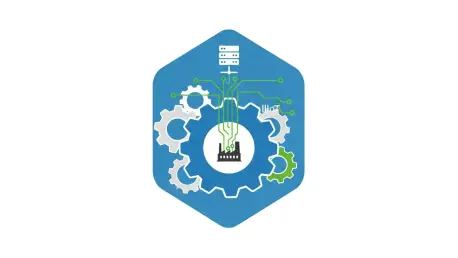
The modern factory floor presents a stark contradiction, where hyper-connected, intelligent machinery operates under the protection of security protocols that are often dangerously manual and outdated. Manufacturers have enthusiastically embraced digital transformation to boost productivity and
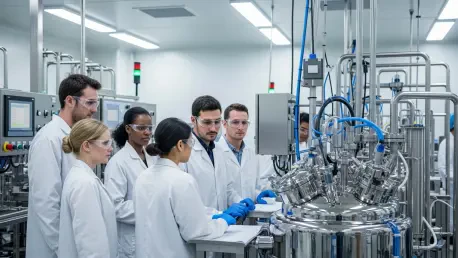
In a move that underscores the growing global emphasis on fortifying regional biopharmaceutical supply chains, Samsung Biologics has finalized a landmark agreement to acquire its first-ever manufacturing facility in the United States. The South Korean-based contract development and manufacturing
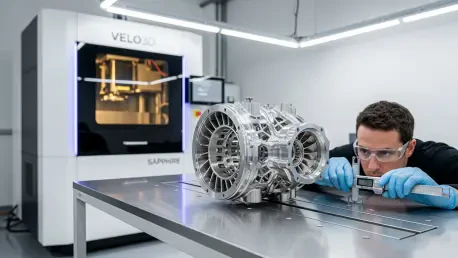
In a decisive move that reshapes the future of defense manufacturing, the United States has begun to treat the national origin of 3D printing technology not merely as a supply chain detail but as a critical component of national security. This profound strategic pivot is underscored by the recent
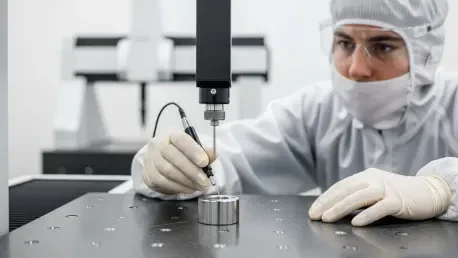
In the unseen world of high-performance technology, components operating under extreme heat, intense corrosive forces, and demanding physical stress are what separate mission success from catastrophic failure. A comprehensive analysis detailed in a recent project report for 2026 has provided an
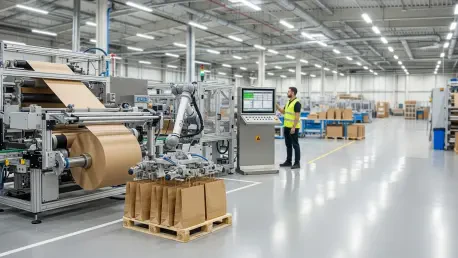
As the global campaign against single-use plastics reaches a critical juncture, the resulting market vacuum has created one of the most significant industrial opportunities of the decade, catapulting the humble paper bag from a simple commodity to a strategic asset in the new green economy. The
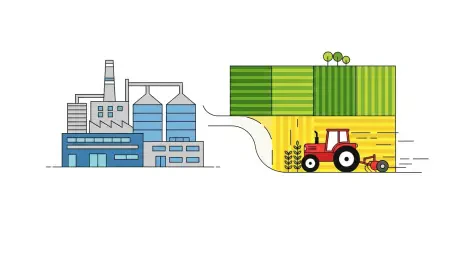
A New Dawn for Domestic Production: The Strategic Imperative In a move set to reshape India's agricultural landscape, the foundation has been laid for a state-of-the-art ammonia-urea plant in Namrup, Assam. This landmark project represents a critical step in the nation's ambitious journey toward